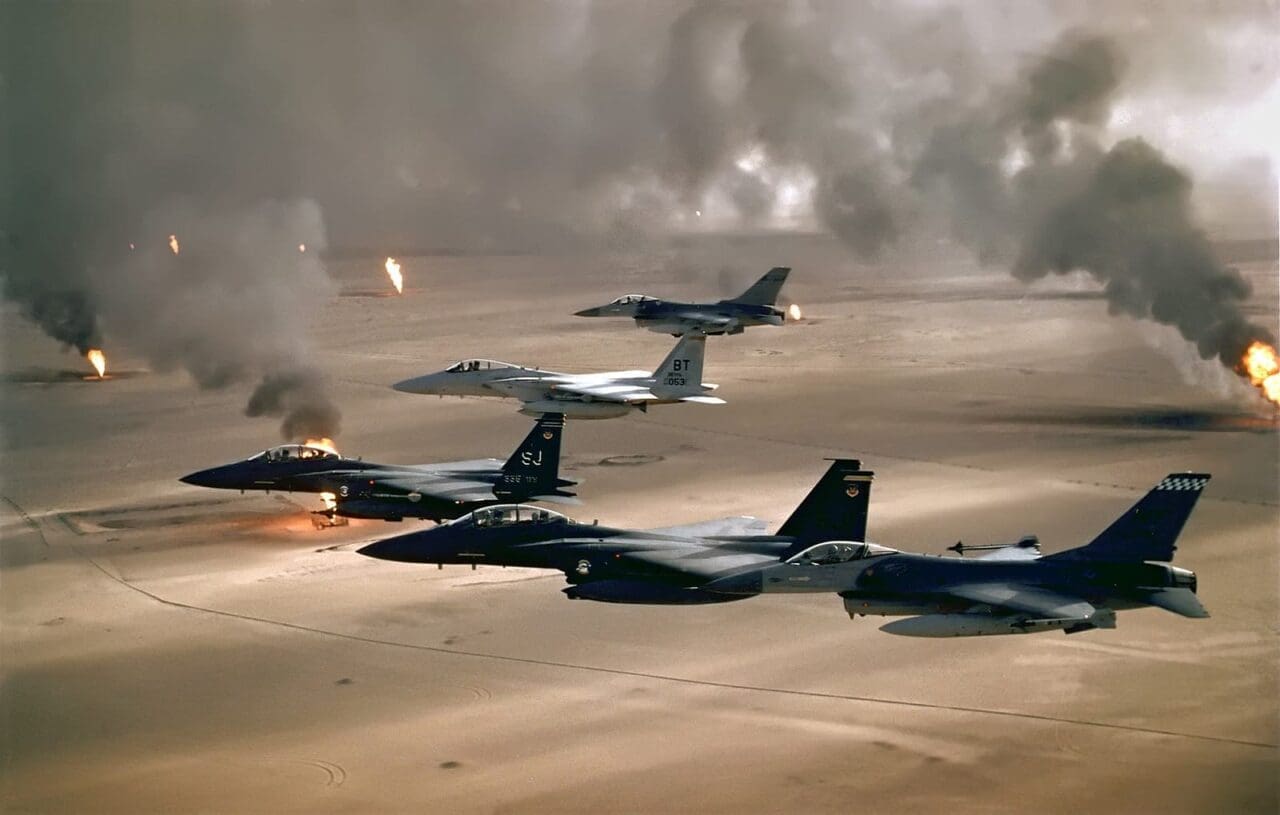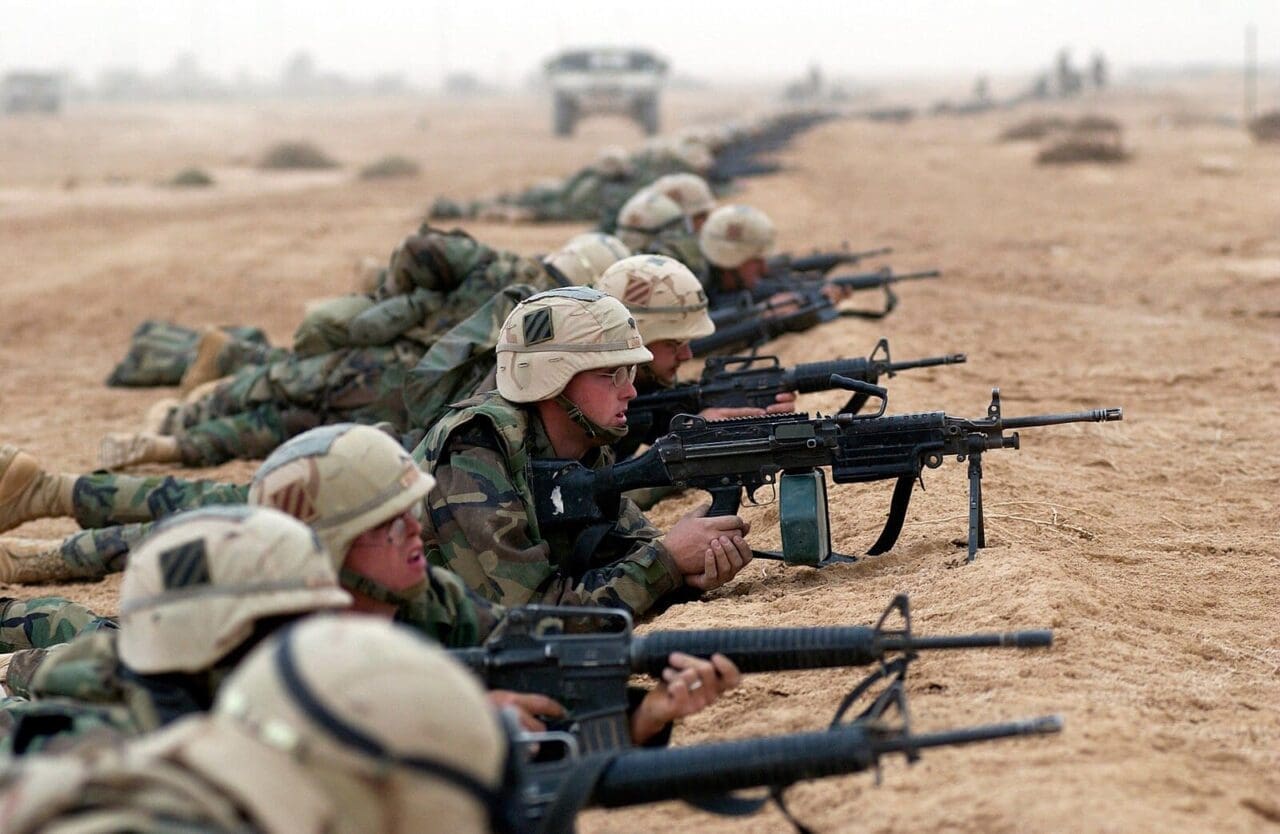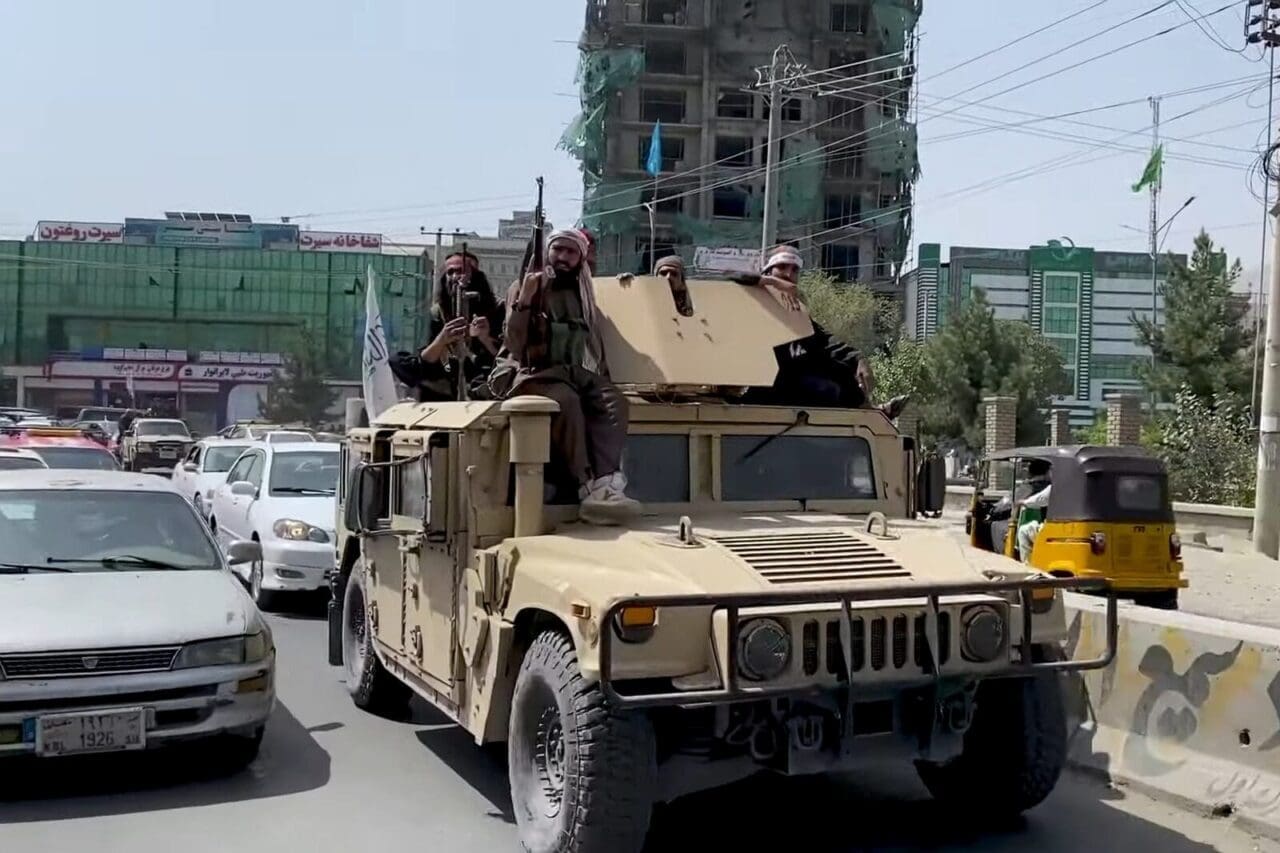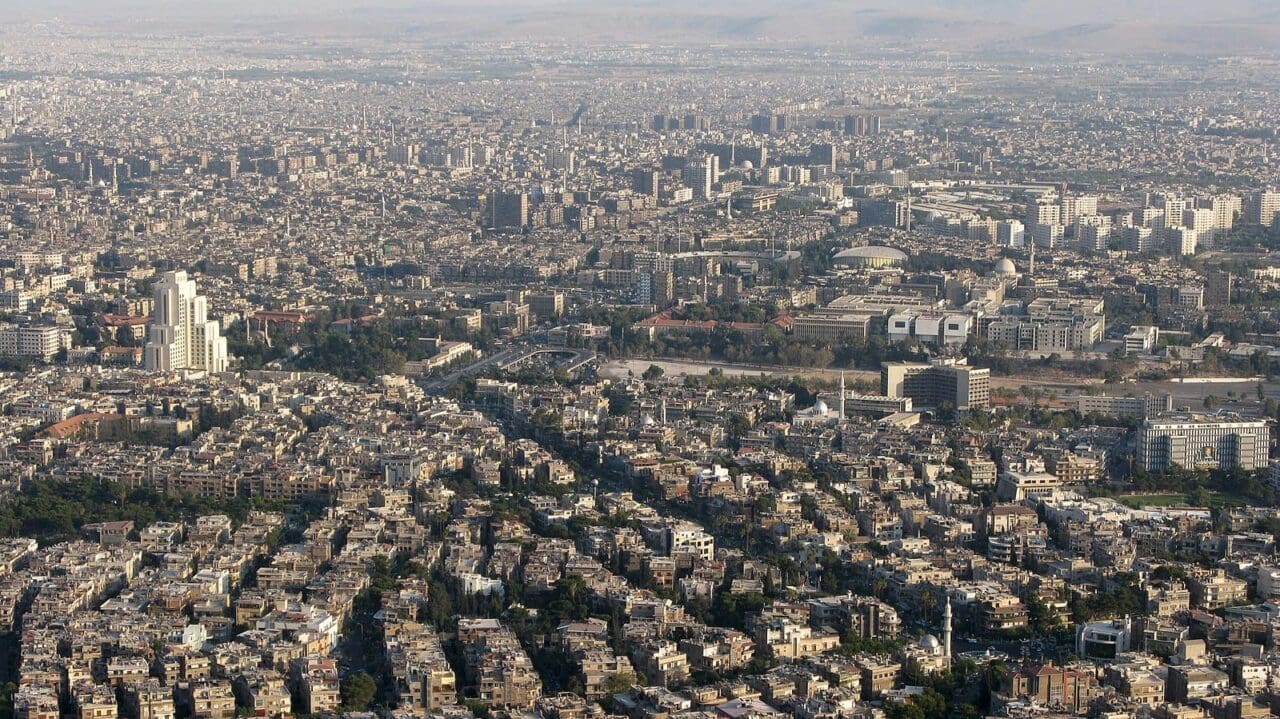Prior to the Israel-Hamas war, the Middle East has seen its fair share of wars. Most of which involved the United States. Many Americans now fear that Israel is starting wars beyond Gaza just to drag the U.S. into them. In my opinion, if Israel starts the war, let them handle it on their own. Our government has already supported them far beyond what any of us have agreed to—Especially now that it’s more obvious than ever that Netanyahu is carrying out a genocide inorder to steal land he wants for himself.
Opinions aside, this article is just a brief history of the wars we’ve engaged in in the Middle East up until today.
The Middle East has been a region of geopolitical significance for decades, with the United States playing a prominent role in various conflicts. The involvement of the U.S. in Middle Eastern wars is complex and nuanced, often driven by political, economic, and strategic interests.

- Persian Gulf War (1990-1991):
The Persian Gulf War, also known as Operation Desert Storm, marked the first major U.S. military intervention in the Middle East. Triggered by Iraq’s invasion of Kuwait in 1990, the U.S.-led coalition, including forces from 34 nations, aimed to liberate Kuwait from Iraqi occupation. The swift and successful military campaign showcased the United States’ military capabilities but left lingering geopolitical challenges in the region.

- Iraq War (2003-2011):
The Iraq War, launched in 2003, was a controversial conflict driven by the belief that Iraq possessed weapons of mass destruction (WMDs). The U.S.-led coalition quickly toppled Saddam Hussein’s regime, but the subsequent years saw a protracted insurgency and sectarian violence. The absence of WMDs and the prolonged instability raised questions about the justification for the war and its long-term consequences.

- War in Afghanistan (2001-2021):
Following the 9/11 terrorist attacks, the United States, along with NATO allies, initiated the war in Afghanistan to dismantle the Taliban regime and eliminate al-Qaeda. While the initial military operations were successful, the conflict evolved into a protracted engagement with challenges of insurgency, nation-building, and complex regional dynamics. The U.S. officially ended its combat mission in Afghanistan in 2021.

- Syrian Civil War (2011-present):
The Syrian Civil War, which erupted in 2011, drew the U.S. into the complex web of regional conflicts. While the U.S. initially supported rebel groups seeking to overthrow the Assad regime, the rise of extremist factions and the evolving geopolitical landscape prompted a recalibration of U.S. involvement. The focus shifted to combating ISIS, with U.S. forces providing support to local partners.
U.S. involvement in Middle Eastern wars has been marked by a mix of successes, challenges, and evolving priorities. The complex nature of regional conflicts, geopolitical considerations, and the quest for stability have shaped America’s engagement in the Middle East. As the region continues to navigate political and security challenges, understanding the historical context of U.S. involvement remains crucial for comprehending the intricate dynamics shaping the Middle East today.




